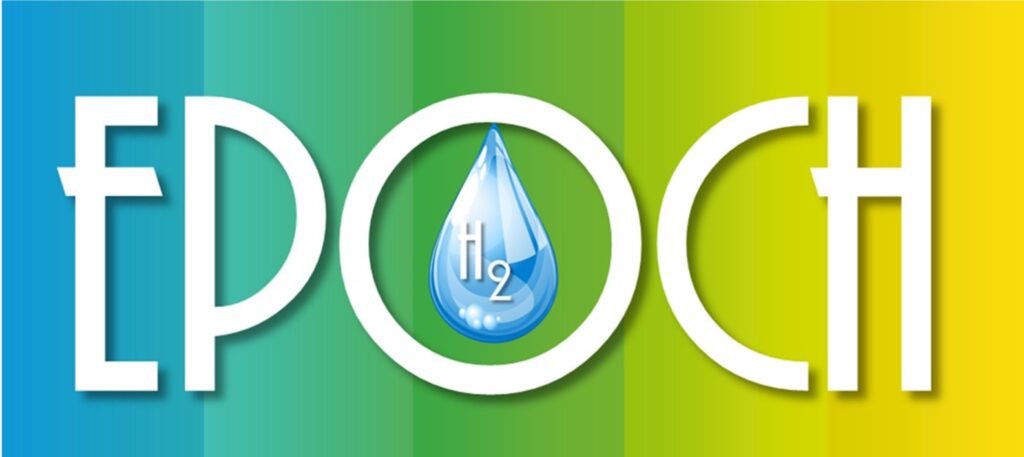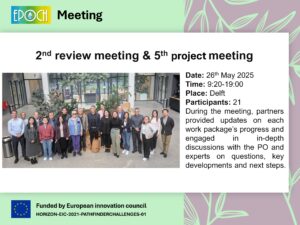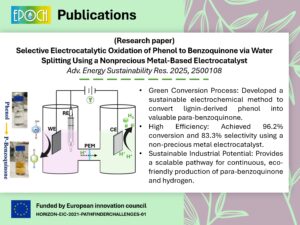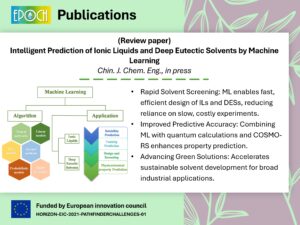EPOCH
Electrocatalytic Production of liquid Organic
hydrogen carrier and CHemicals from lignin
Our objective is to develop and validate an innovative technology of direct green H2-carrier production
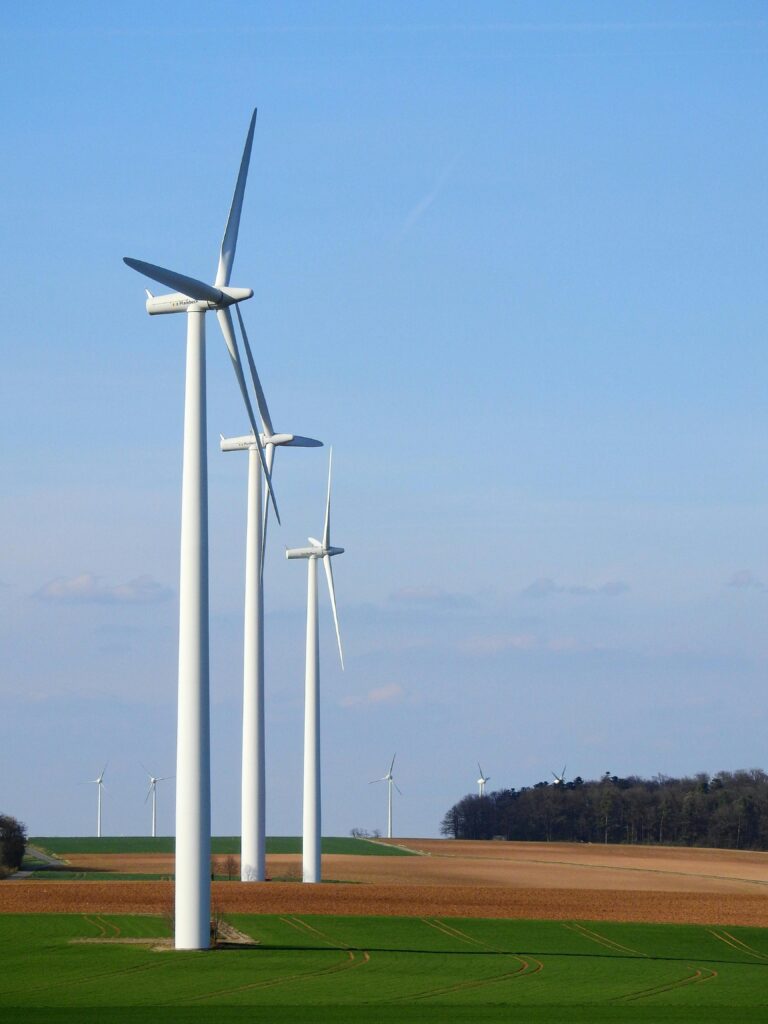
Project description
EPOCH addresses H2 transportation/storage and reduces the overall energy demand and cost, promoting H2 economy and sustainability.
EPOCH is a ground-breaking initiative aligned with HORIZON-EIC-2021-PATHFINDERCHALLENGES-01-03 that addresses the challenges of H2 transportation/storage together with the overall energy efficiency and cost. It develops materials with less or none critical raw materials, together with novel electrolyte promoters and process development, to enhance process efficiency. Moreover, it provides the overall cost and environment impact, including CO2 footprint, associated with its future scaling.
EPOCH is expected to an answer to the challenges of green H2 production, transportation and storage.
EPOCH joins the initiatives aimed at promoting green H2 production and application representing an advance in technological terms and a solid commitment to the green and sustainable development.
News
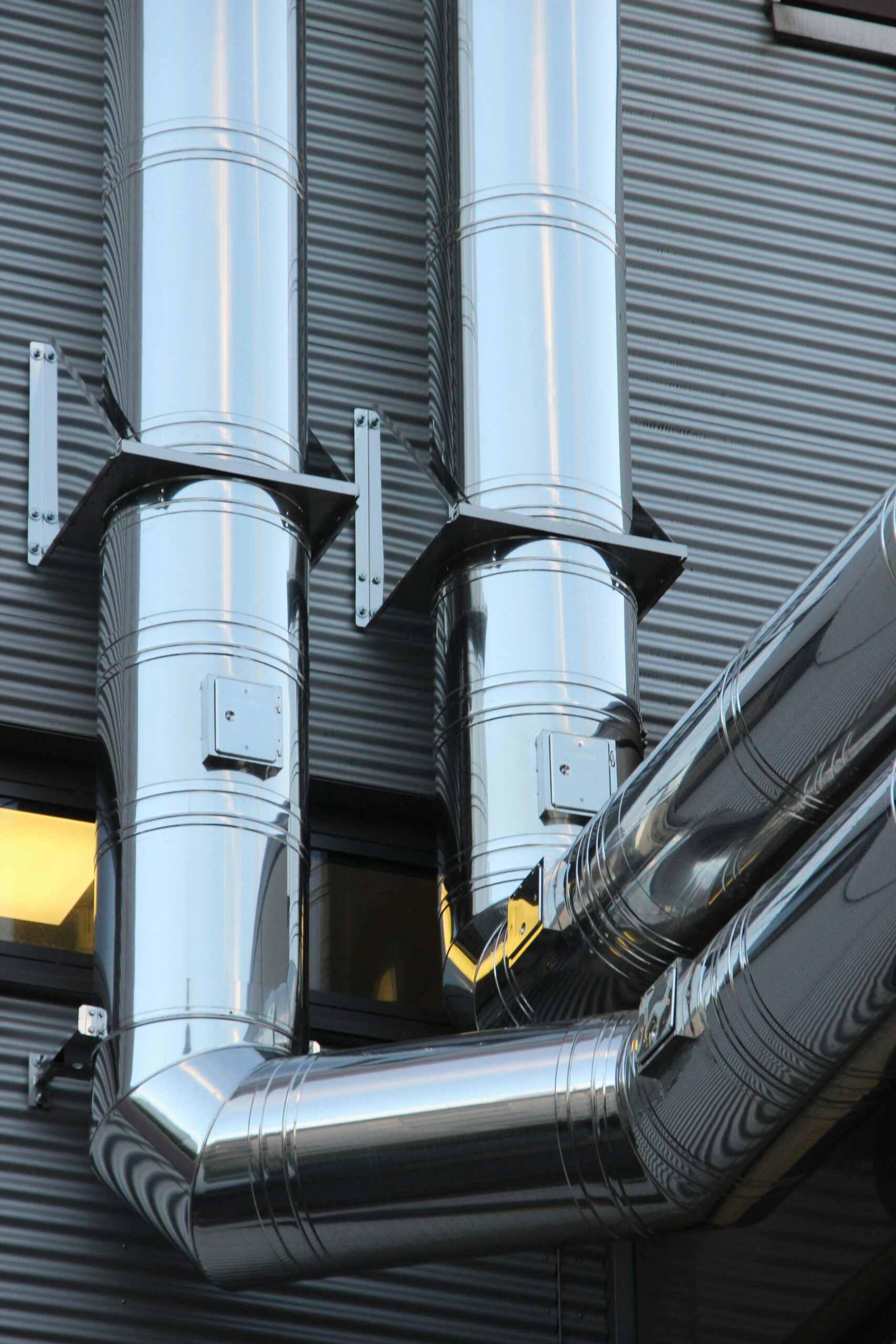
LOHC process
LOHC (liquid organic hydrogen carrier), such as toluene and benzyl-toluene, belongs to chemical processes, archiving storage at ambient temperature and pressure in highly stable forms. The hydrogen storage capacities are 6–8 wt%, and the volumetric hydrogen storage density (>50 gH2/l) is much higher than the compressed hydrogen gas (20 – 30 gH2/l).
The Japanese company Chiyoda Corporation demonstrated the feasibility of the first transport route via Brunei to Japan using toluene, while the German company Hydrogenious LOHC Technologies pushes the commercialization of benzyl-toluene.

Green H2 production
Water electrolysis is one important method to produce green H2, where a water molecule passes through an electrochemical process and then split into hydrogen and oxygen gases.
H2O = H2 + ½ O2
In water electrolysis, water is the only raw material, and electricity is used as energy. When the energy is generated from renewable sources, such as wind, solar, hydro, geothermal, etc., the generated hydrogen is considered as a zero-emission product.
Water electrolysis needs to be carried out in an electrolyzer, i.e., a cell. A typical electrolysis unit, i.e., cell, consists of a cathode, an anode, and electrolyte(s). The function of the electrolyte is to improve the conductivity.
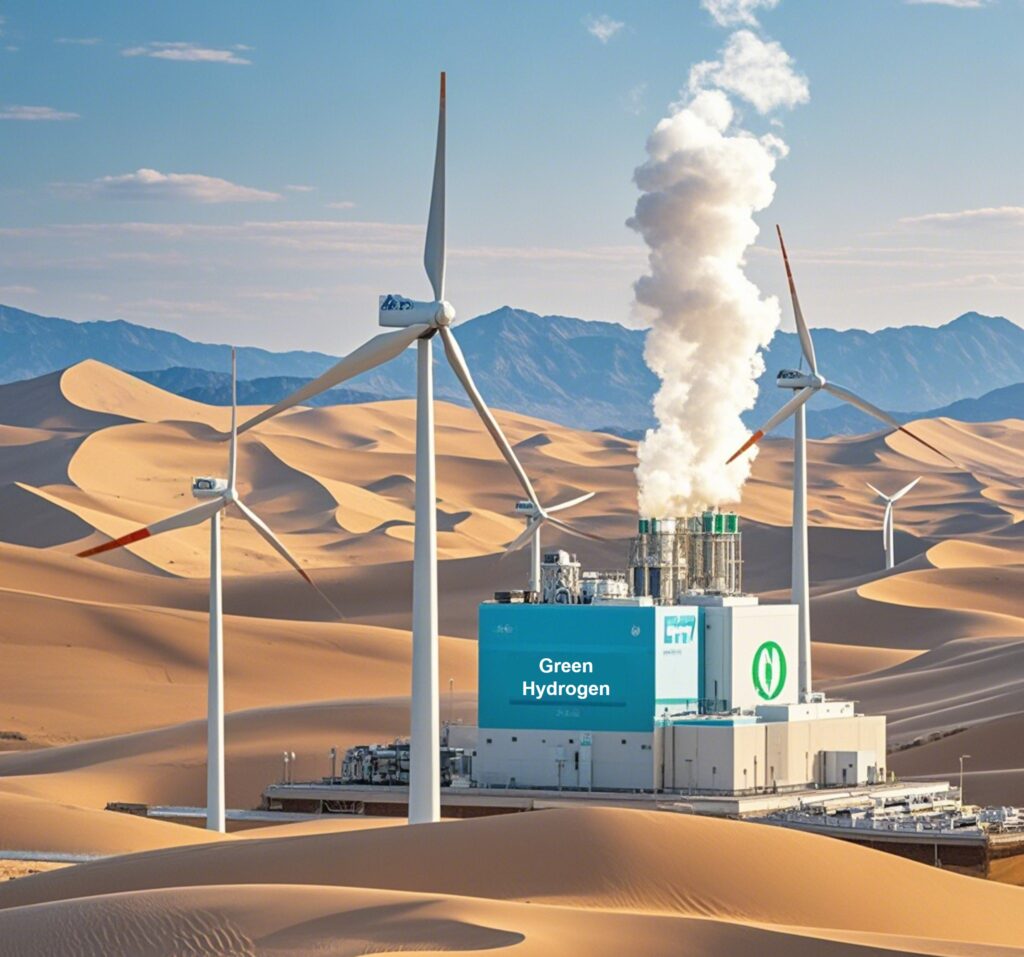
Status
Energy Requirement
Water electrolysis requires a minimum of 1.23 volts, but 1.5 volts is typically needed due to system inefficiencies, demanding around 45 kWh of electricity per kg of H2 produced.
Cost
Electrolytic hydrogen currently costs 4-5 €/kg, significantly higher than hydrogen from steam reforming (2 €/kg).
Challenges
High Energy Demand OER
The energy-intensive OER at the anode increases power use; replacing it with alcohol oxidation could potentially reduce energy needs tenfold.
Low Volumetric Energy Density
Hydrogen’s low volumetric energy density (0.0899 g/L at 20°C) complicates storage and transport, needing high pressure, low temperatures, or chemical conversion.
How EPOCH addresses the challenges
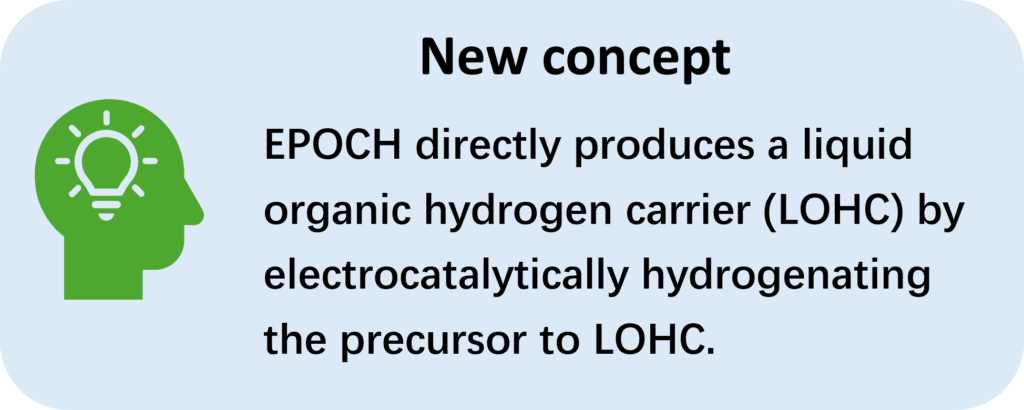
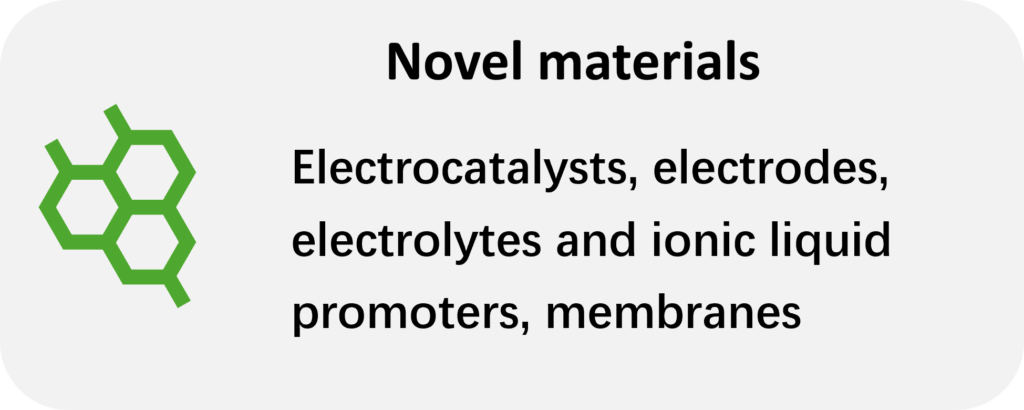
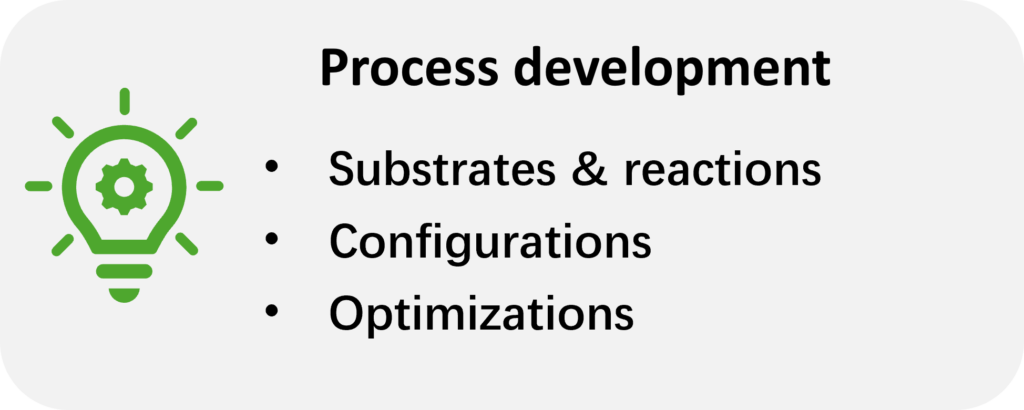
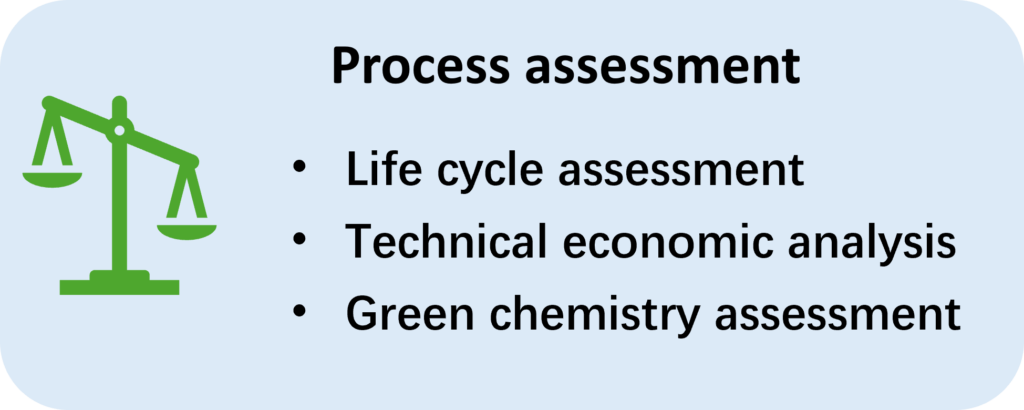
Key project information

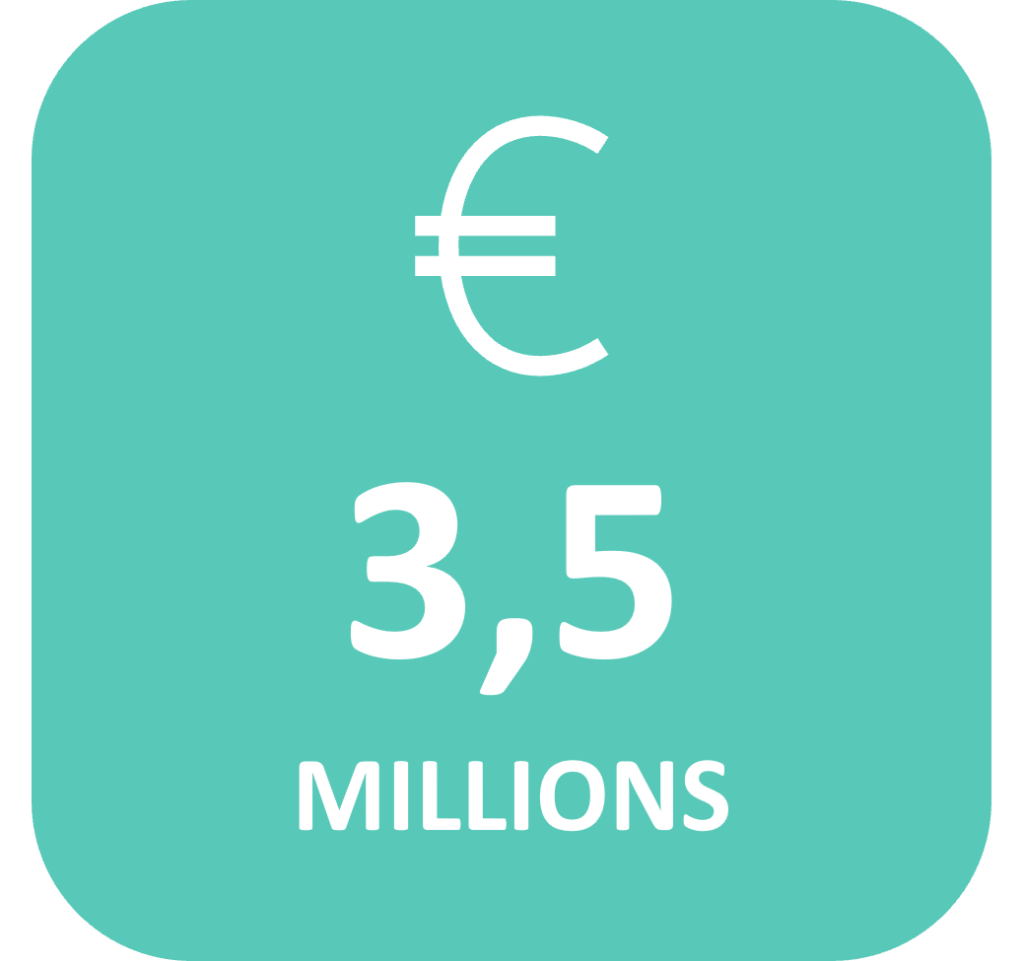


Project work-packages
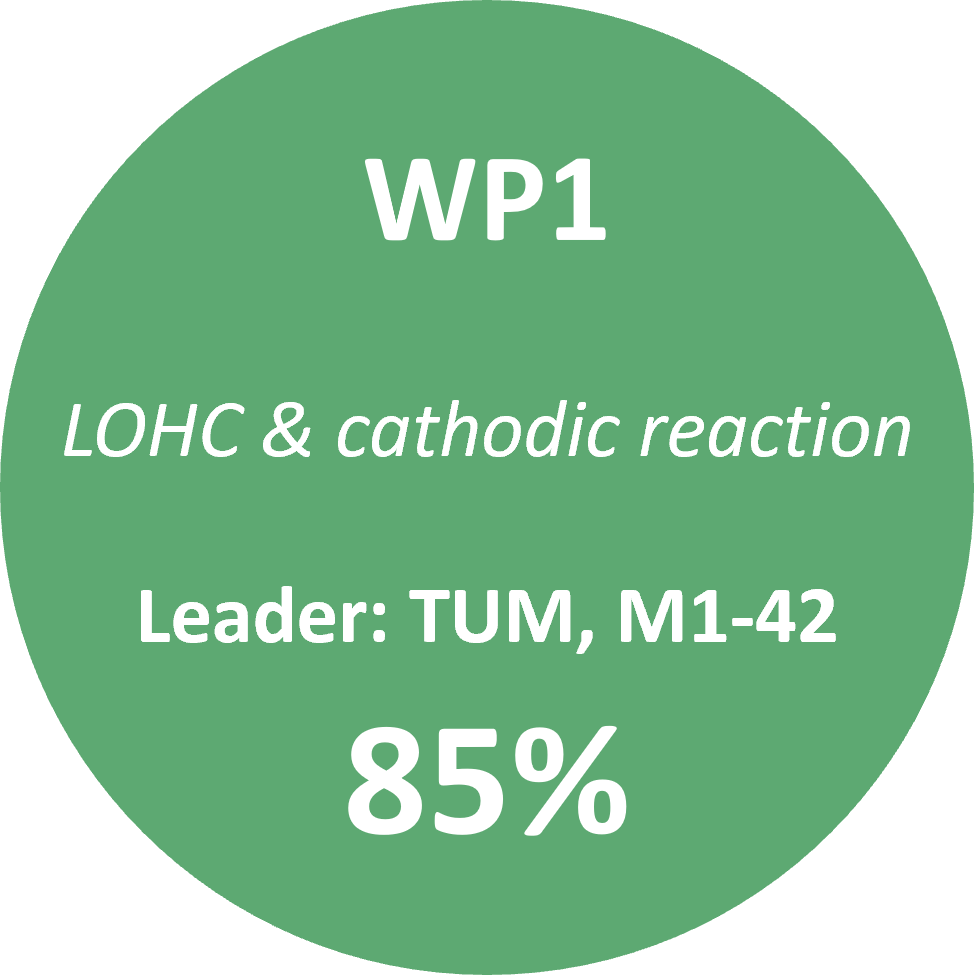
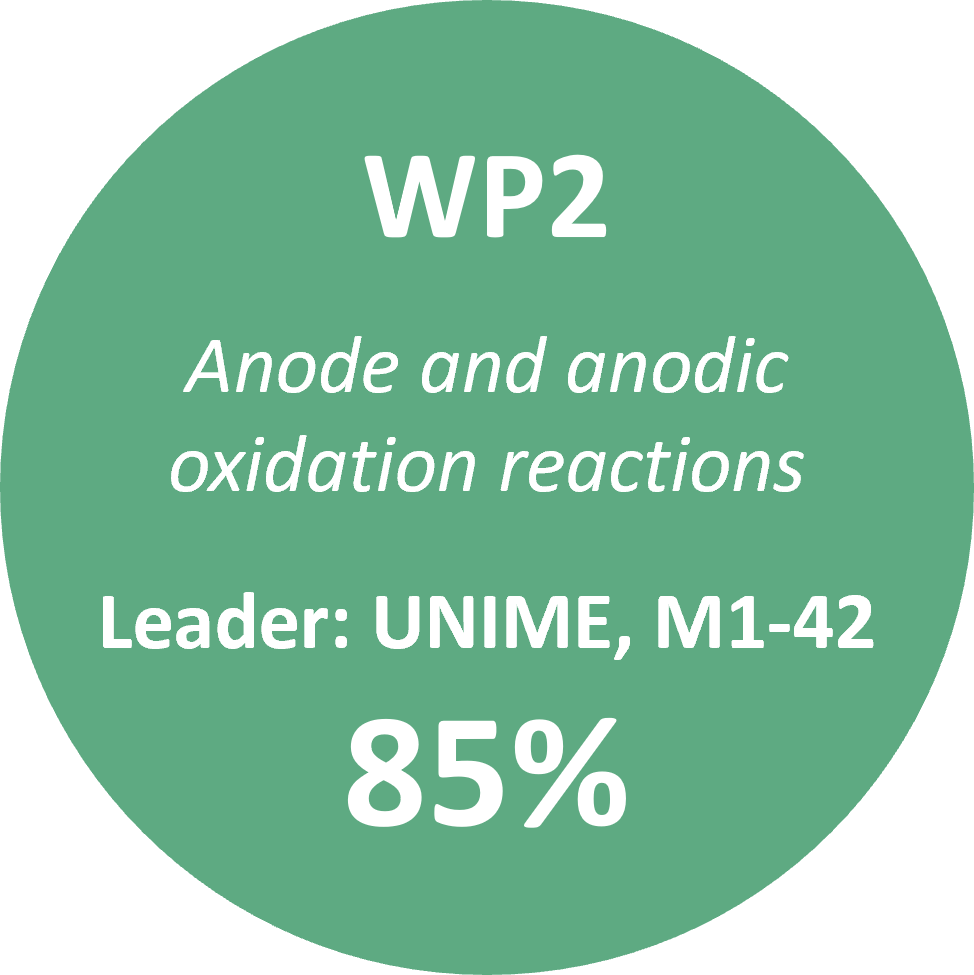
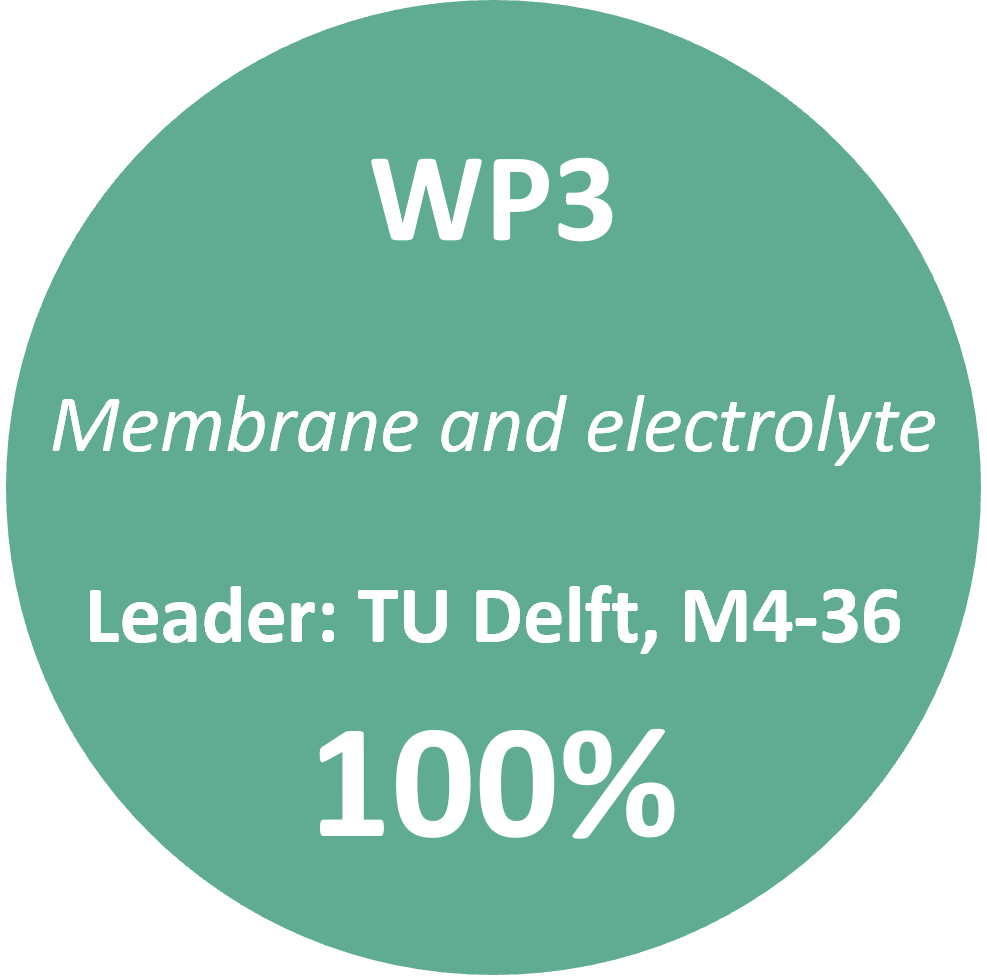

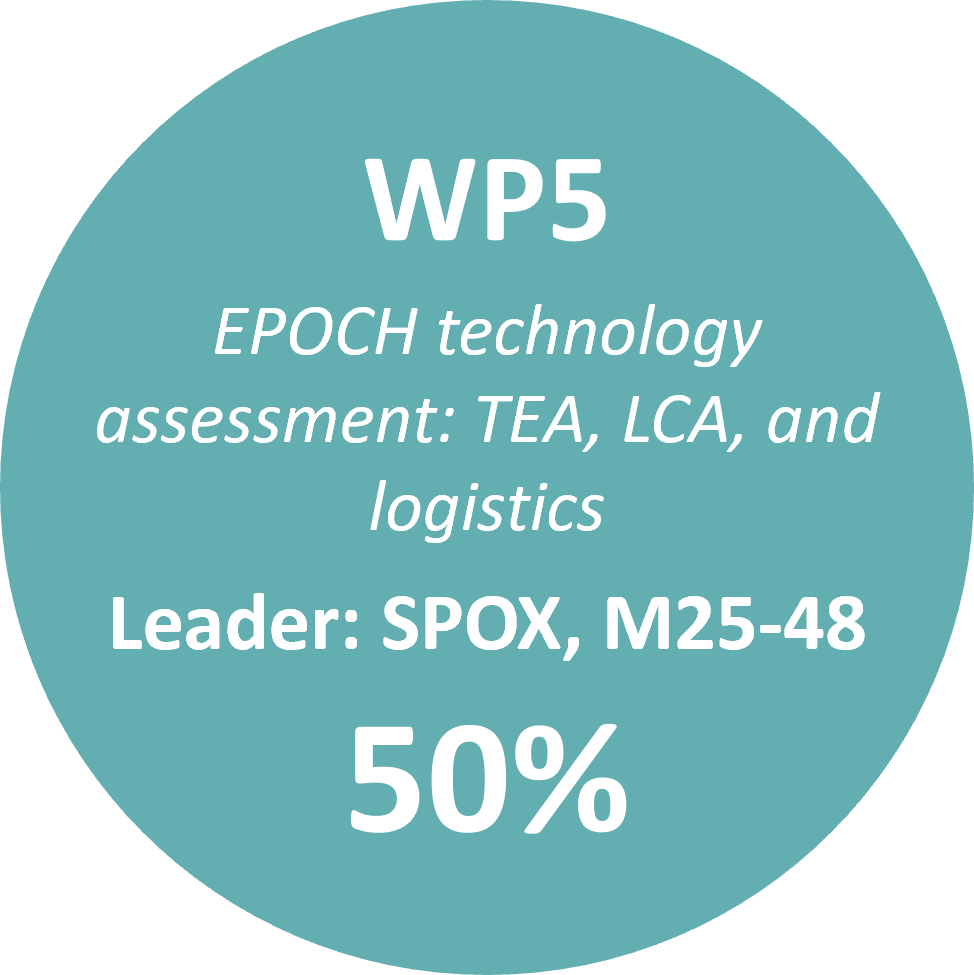
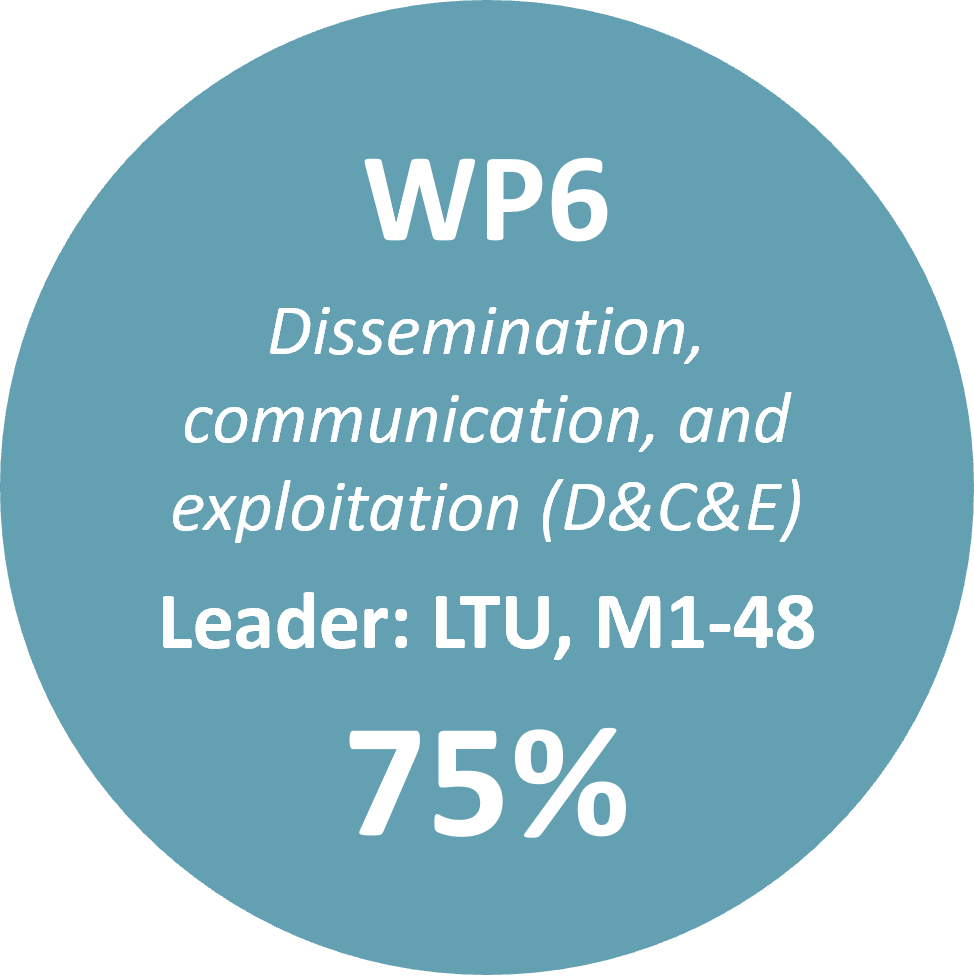
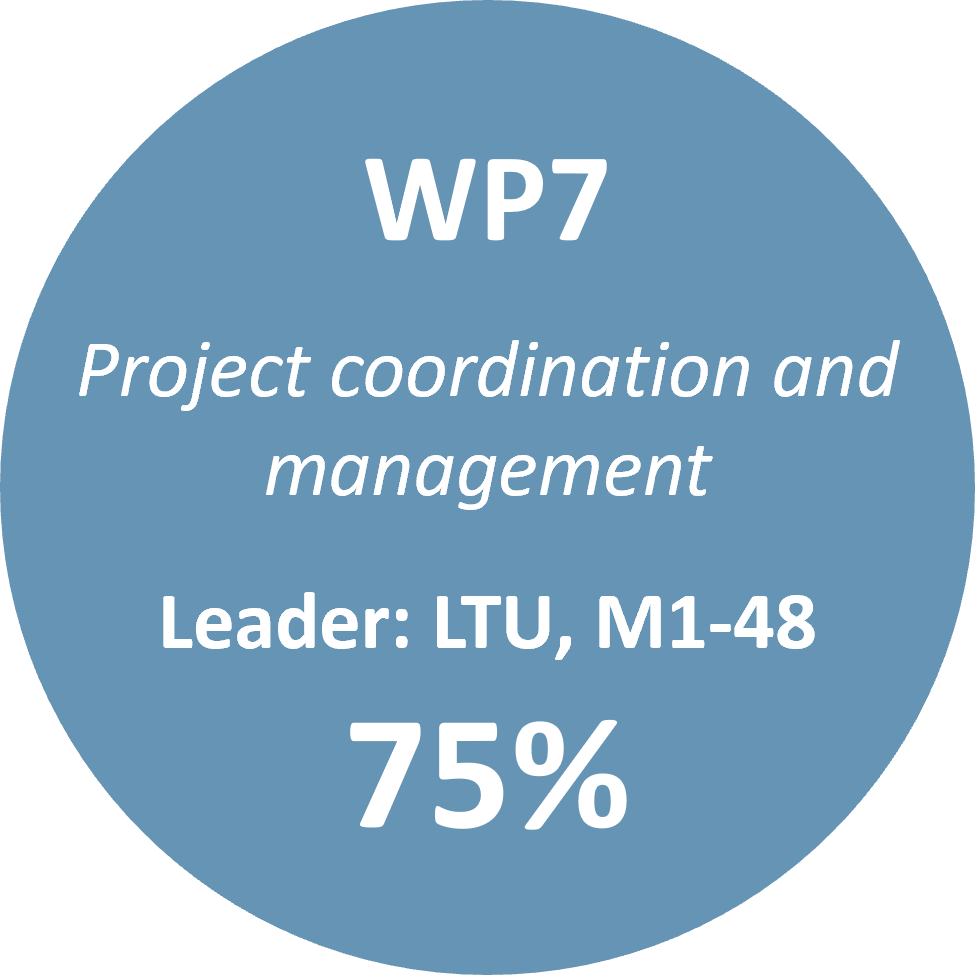
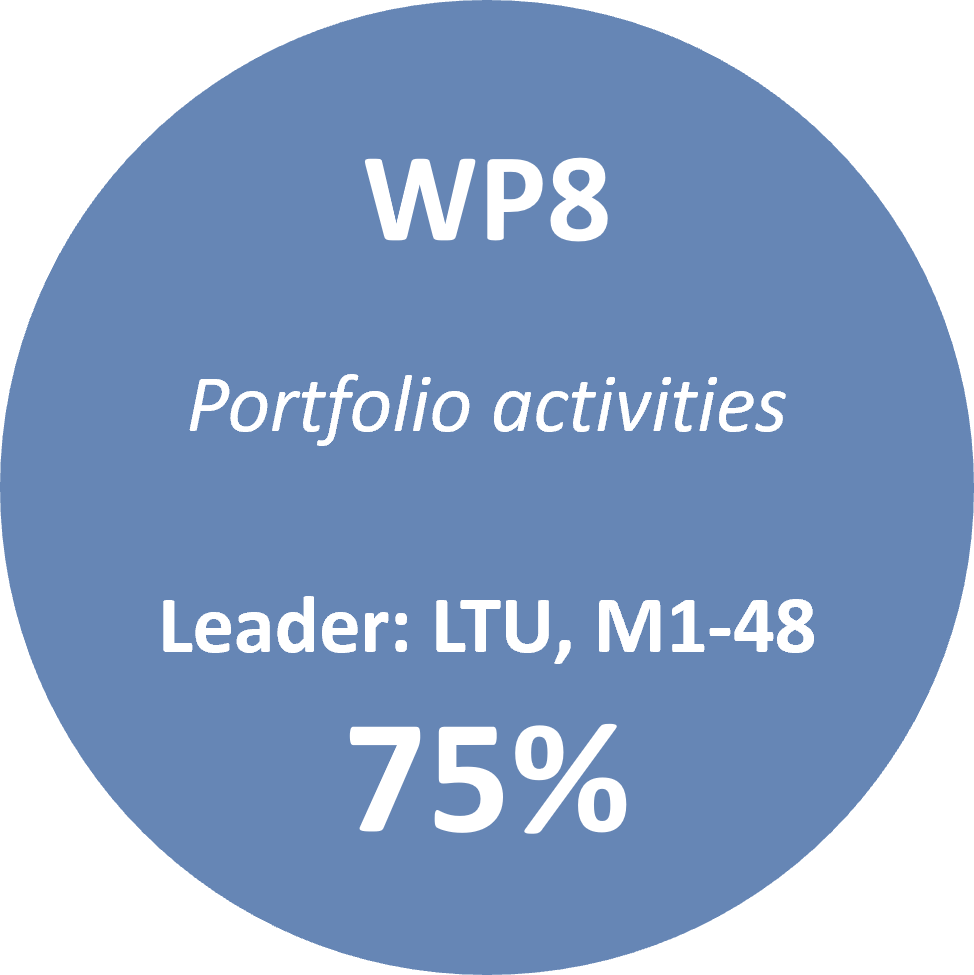
EIC Portoflio Project
The “Green Hydrogen portfolio” gathers 9 projects funded through the EIC Pathfinder challenge called “Novel Routes to Green Hydrogen Production”, launched in 2021. The portfolio projects share common topics and objectives, in this case, the efficient generation of green hydrogen, and extend for a period of up to 60 months until September 2027. The total funding from the EIC for these projects is almost €29 million.
